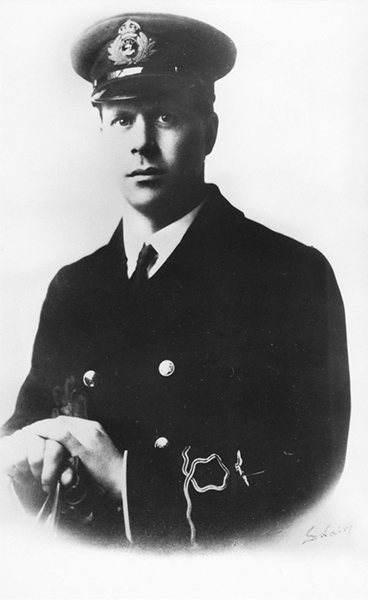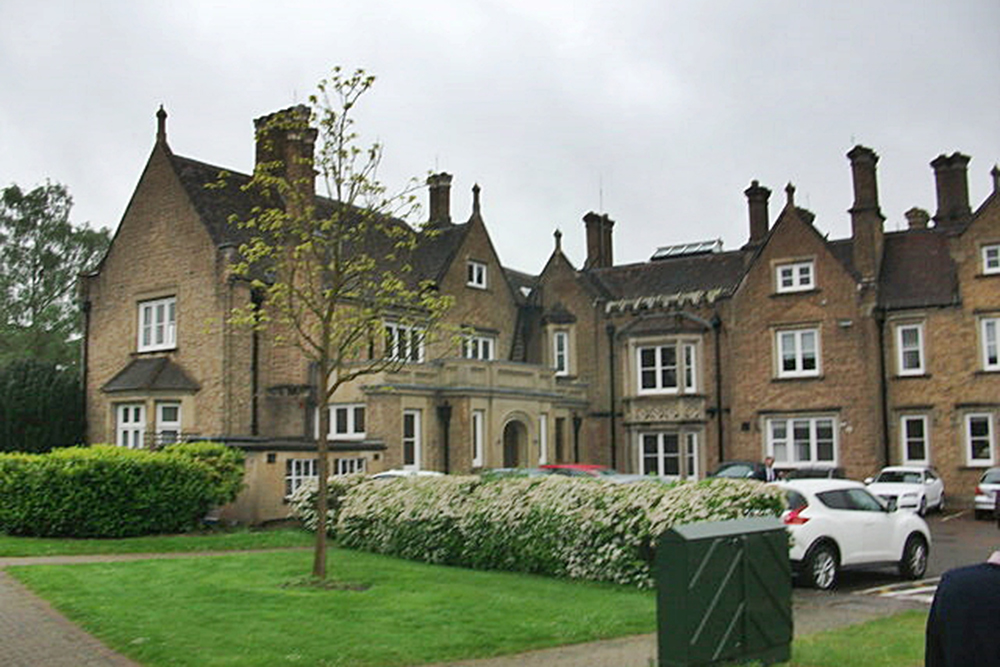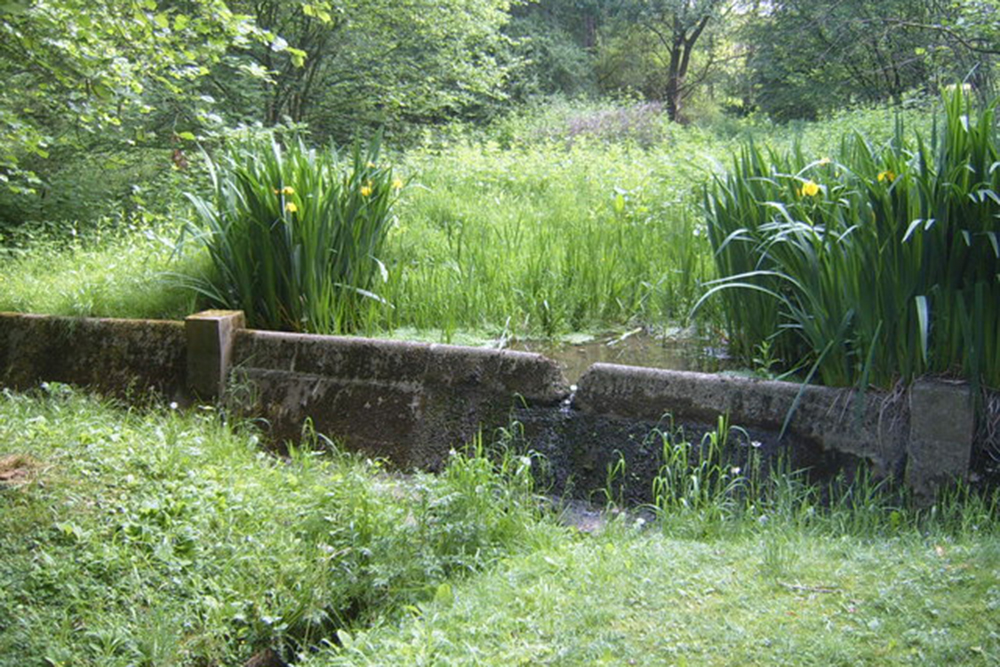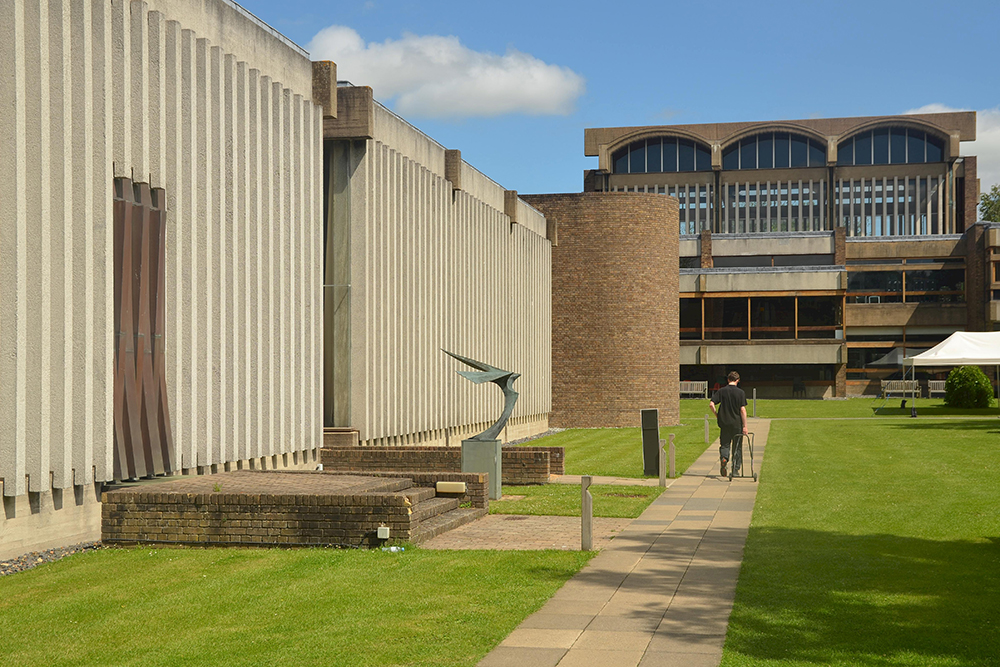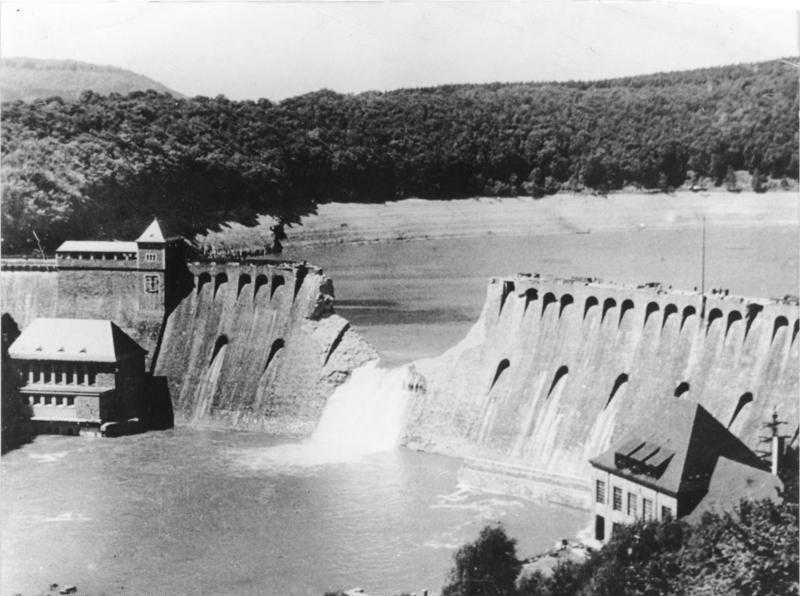Wallis, Barnes Neville
- Date of birth:
- September 26th, 1887 (Ripley/Derbyshire, United Kingdom)
- Date of death:
- October 30th, 1979 (Leatherhead/Surrey, United Kingdom)
- Nationality:
- British
Biography
Barnes Wallis, born in Ripley, Derbyshire, trained as a marine engineer before shifting to aircraft design in 1913. He joined Vickers, where he worked until his retirement in 1971, contributing to innovative airship and aircraft projects. His geodetic design, used in the R100 airship and several Vickers planes, offered robust and efficient airframes but limited wider production adaptability.
Wallis advocated strategic bombing during World War II, proposing massive bombs to destroy critical targets. This led to his concept of the "Victory Bomber," designed specifically to carry these powerful weapons.
In early 1942, Barnes Wallis experimented with skipping marbles over water tanks, leading to his concept of a "Spherical Bomb – Surface Torpedo." This bomb could skip across water, bypass torpedo nets, and sink near a battleship or dam wall, where the explosion's force would be concentrated by the surrounding water.
A key innovation was backspin, suggested by George Edwards, which improved the bomb's range, prevented it from drifting away from the target wall, and reduced risk to the aircraft. Despite initial skepticism, the Air Force adopted Wallis's bouncing bomb, codenamed Upkeep, for attacks on the Möhne, Eder, and Sorpe dams in May 1943 during Operation Chastise. The mission, later featured in The Dam Busters book and film, successfully breached the Möhne and Eder dams, disrupting German hydroelectric power and industry.
Following the success of the bouncing bomb, Wallis developed the Tallboy (6 tonnes) and Grand Slam (10 tonnes) earthquake bombs. Unlike the conventional 5-tonne "blockbuster," these bombs penetrated up to 20 meters into the earth before detonating, even when dropped from lower altitudes due to aircraft limitations.
These groundbreaking weapons targeted key German sites, including V-2 rocket facilities, the V-3 supergun bunker, submarine pens, reinforced structures, bridges, viaducts, and the battleship Tirpitz. They laid the foundation for modern bunker-busting bombs.
After the Vickers factory bombing in 1940, Wallis worked in Hersham before returning to Brooklands in 1945 as head of R&D. He prioritized safety, testing designs with remote-controlled models, and advanced projects like supersonic flight and swing-wing technology.
In 1948, the Stratosphere Chamber was built, contributing to supersonic research, including Concorde. Though his innovative aircraft designs, such as Wild Goose and Swallow, showed promise, funding cuts in 1957 halted their development.
Wallis collaborated with NASA on the Swallow project, but aerodynamic issues shifted focus to conventional designs like the F-111. In the UK, his swing-wing designs were overlooked for the TSR-2 and Concorde, which he criticized.
In the 1950s, Wallis developed the HEYDAY rocket torpedo, now displayed in Gosport, and contributed ideas to the Parkes Radio Telescope before leaving the project.
He also proposed cargo submarines for faster, efficient transport and worked on an "all-speed" aircraft concept. Despite his visionary ideas, many were never realized.
In 1951, Wallis donated his £10,000 war award to Christ's Hospital School, establishing the RAF Foundationers' Trust to support children of RAF personnel killed or injured in action. He later became an almoner and, upon retiring in 1957, served as Treasurer and Chairman of the Council of Almoners for nearly 13 years, overseeing major reconstruction at the school.
Wallis was also an active member of the Royal Air Forces Association, supporting the RAF community.
Barnes Wallis married Molly Bloxam (his cousin-in-law) in 1925, and they remained together until his death in 1979. He lived in Effingham, Surrey, for 49 years and is buried at St. Lawrence Church in Effingham, Surrey. They had four children and adopted two nephews after their parents died in an air raid. Wallis became a vegetarian at 73 and advocated for animal rights.
11 September 1915: Temporary Sub-Lieutenant.
Do you have more information about this person? Inform us!
- Period:
- Second World War (1939-1945)
- Rank:
- Assistant Chief Designer
- Unit:
- Vickers-Armstrongs Limited
- Awarded on:
- June 2nd, 1943
- Awarded for:
- Operation Chastise
- Awarded on:
- 1968
- Awarded on:
- 1975


